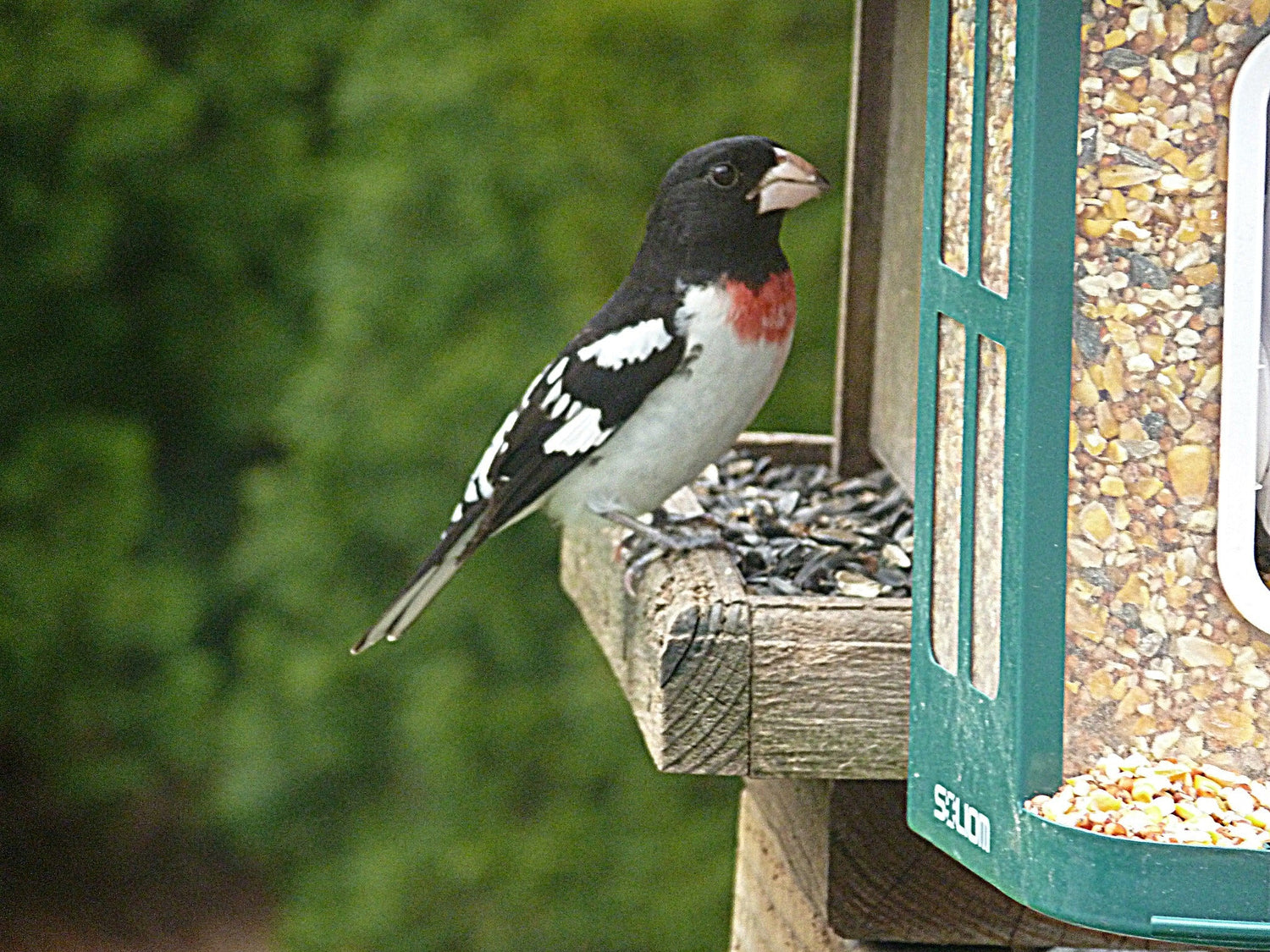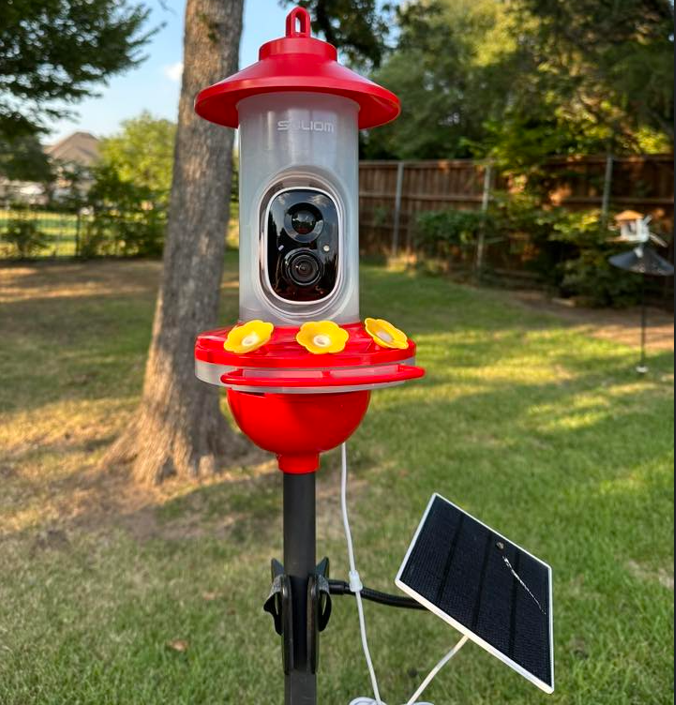As someone who’s raised birds for years, it breaks my heart to see so many beginners misled by so-called “experts” on social media. Raising birds—especially hand-feeding young chicks—isn’t something to take lightly. To help new bird parents avoid unnecessary mistakes, I’ve put together this easy-to-follow guide based on real experience.
After all, every bird lover starts from zero.
🐥 Baby Bird Stage (1–4 Weeks): Warmth & Nutrition Are Everything
In the early weeks, baby birds are fragile and entirely dependent on you. Keeping the temperature and food right is crucial.
Days 0–5: Eyes Closed, Life Just Begun
Newborn chicks won’t open their eyes until day five. At this stage:
-
Use parrot hand-feeding formula, mixed to the consistency of milk.
-
Temperature should be 38–40°C (100–104°F). No thermometer? Test by dripping it on your wrist—it should feel warm but not hot.
-
Feed until the crop is full, but make sure to empty the crop at least once a day to prevent sour crop.
Days 6–15: Feather Pins Begin to Show
Your chick is starting to grow pin feathers.
-
Formula can be slightly thicker—think a runny sesame paste.
-
Lower the formula temperature a bit, but avoid letting it get cold.
-
Keep the feeding frequency the same. Be patient—don’t rush to introduce grains like egg millet yet; their digestive system isn’t ready.
Days 16–22: A Tiny “Vest” of Feathers
Pin feathers start to open, forming a fuzzy vest.
-
Formula should now resemble a thin sesame paste.
-
Feed 3–4 times daily. Watch digestion: If the crop hasn’t emptied after 4–5 hours, slow down. Food left too long can cause crop infections.
Days 23–29: Time to Explore
Feathers are coming in nicely, and your chick may start pecking at nearby objects.
-
Add some millet, grains, bird pellets, or even small pieces of fruit or veggies to the brooder for them to explore—but keep feeding formula (3 meals a day).
Day 30: Graduation Day!
Congrats—your chick no longer needs a brooder.
-
Begin mixing soaked millet or pellets into the formula to ease them into solid food.
-
Keep offering a variety of soft foods to encourage independent eating.
🐦 Juvenile Stage (1–5 Months): Weaning & Food Discovery
Around one month, your bird starts acting more curious and independent. Time to begin weaning.
Post-30 Days: Weaning Begins (Gently!)
Every bird is different. If your bird shows interest in pecking food:
-
Cut back formula to 2 meals a day.
-
Use a bit of hunger to encourage self-feeding, but never starve them.
-
Gradually reduce formula as independent eating becomes consistent.
If your bird shows no interest in solid food, continue with 3 meals daily, but slightly reduce portions. Once pecking behavior starts, follow the same weaning steps above.
🦜 Adult Stage (Around 12 Months): Maturity & Dietary Stability
Your bird is now an adult—congratulations!
-
Transition to adult bird food (species-appropriate), along with fresh fruits and veggies.
-
Avoid sudden food changes—gradually introduce new items to prevent digestive issues.
❤️ Final Thoughts
Raising a bird isn’t about following trends—it’s about patience, consistency, and love. Done right, it’s one of the most rewarding experiences you’ll ever have. I hope this guide helps you raise a happy, healthy feathered friend.
Wondering which birds are good pets? Read this article! https://soliom.net/blogs/soliommoment/the-3-best-friendly-pet-bird-speciest
Got questions or want to share your experience? Leave a comment—I’d love to hear from fellow bird parents!




Leave a comment
This site is protected by hCaptcha and the hCaptcha Privacy Policy and Terms of Service apply.